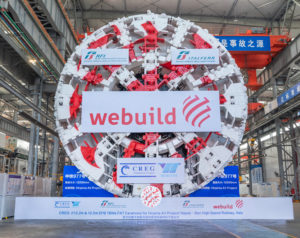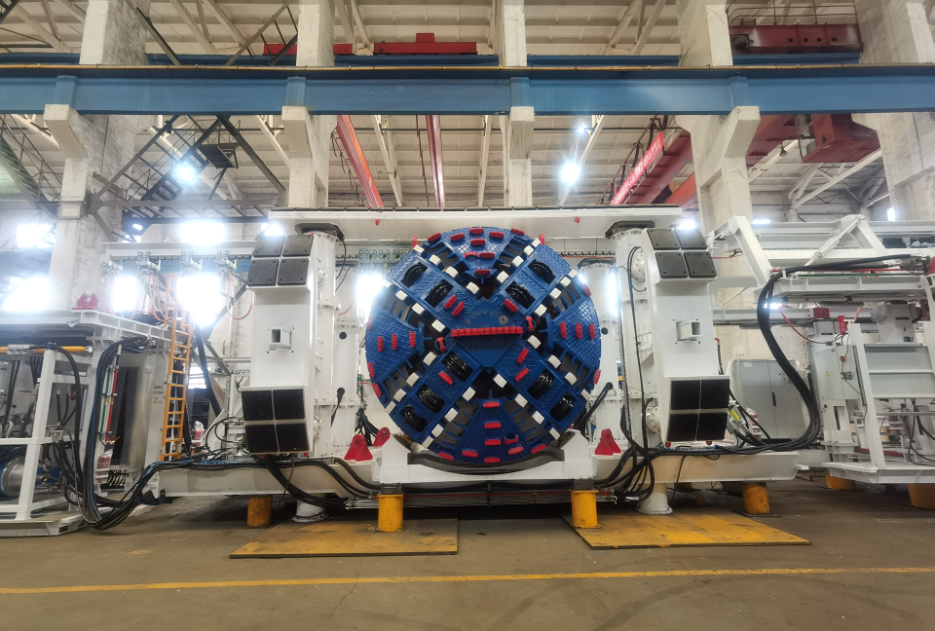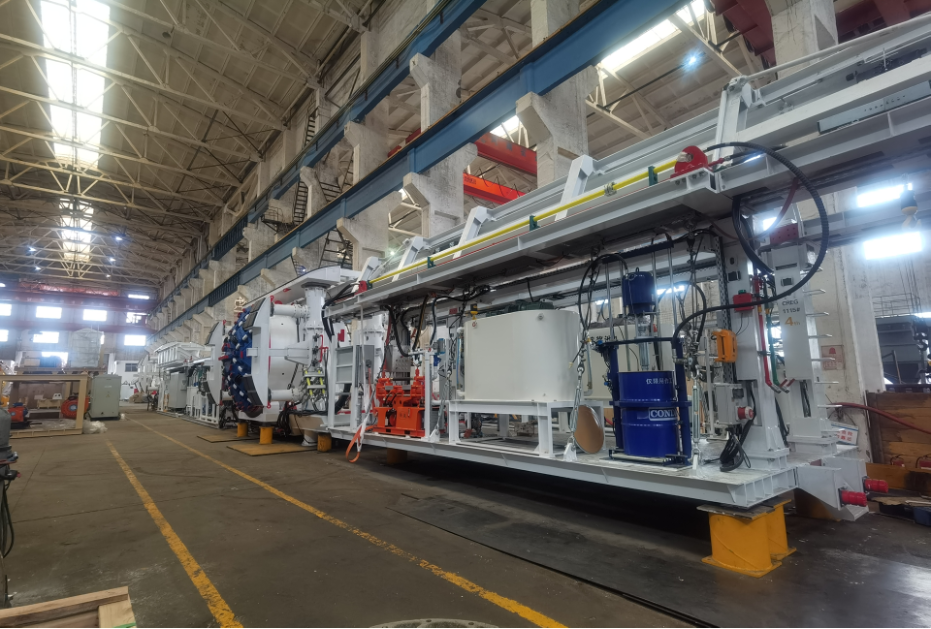- January 15, 2022
Share on twitter
Share on linkedin
Share on facebook
Share on print





